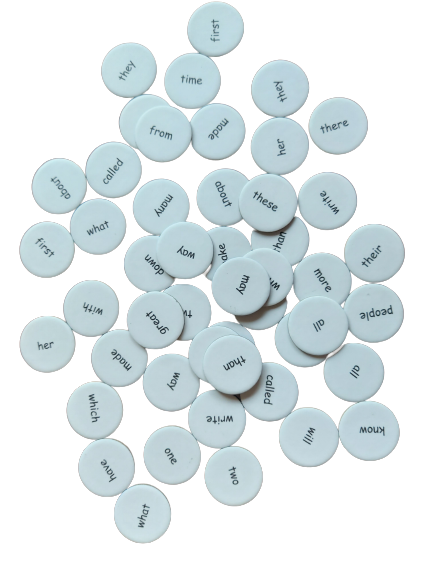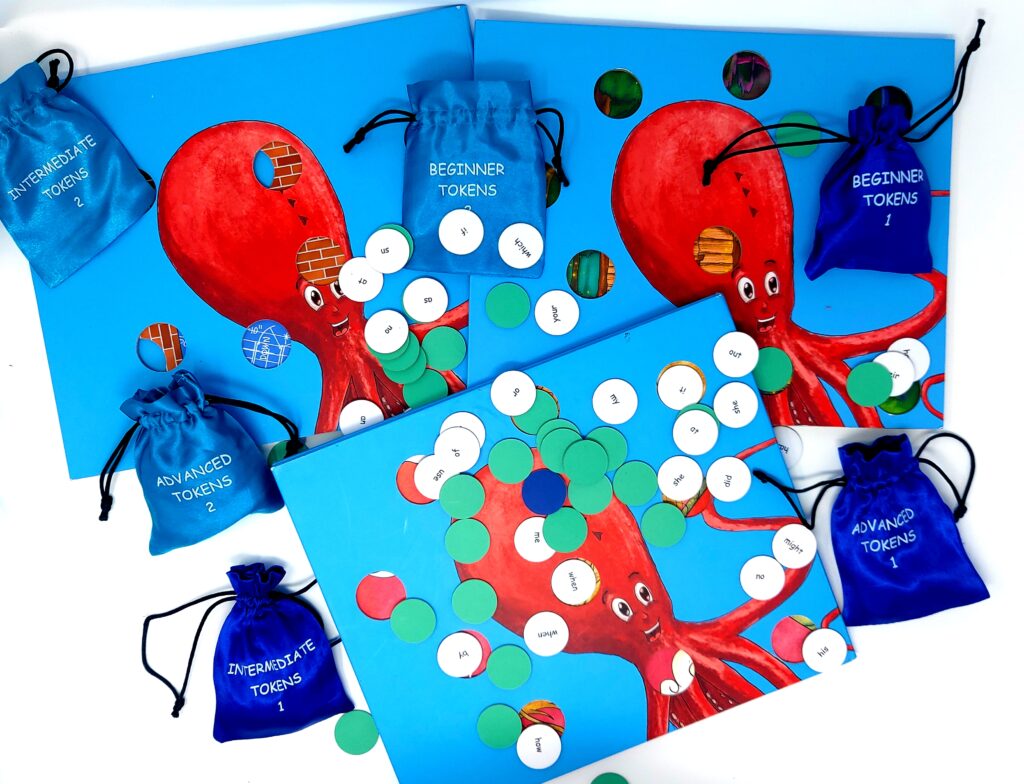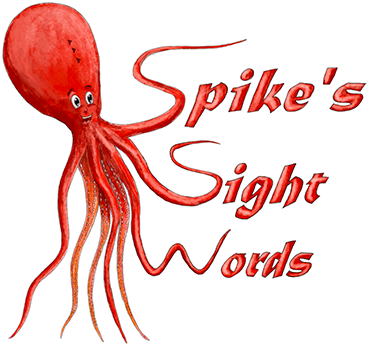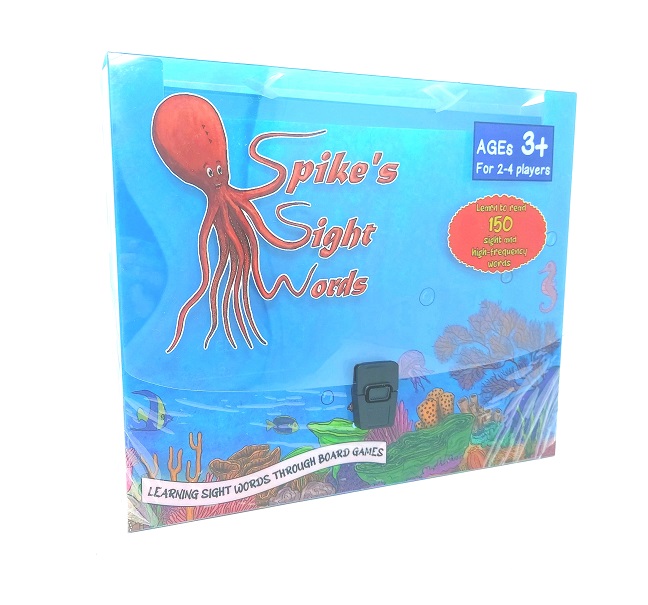
Why Can’t My Child Spell?
Reading, Writing and ‘Rithmetic…learning those famous three ‘R’s of primary school education can prove immensely stressful for about 1 in 5 children in different ways. There are many children who develop an apparent fluency with their reading, but always struggle to spell well despite testing high on the IQ score. The reason for this lies in the way they read. To state the obvious then, the solution to it lies in changing their reading strategy.
English spelling can be a source of great frustration for a child who is learning how to read and write. But when difficulties persist beyond the first few years of school, a language-based specific learning difference could be the cause of the trouble. Estimates suggest 1 in ten people struggles with some form of dyslexia, which also affects reading ability.
Dyslexic children may be able to spell a word one day and not the next and can find high frequency service words, such as prepositions, articles and conjunctions, particularly difficult to learn.
When a child’s spelling ability falls below that of same-age peers, it can undermine his or her confidence and result in poor performance at school. It may affect both the amount a student writes and the complexity of their written work. Poor spellers sometimes avoid using words that are part of their spoken vocabulary out of a fear of making spelling mistakes. They can be reluctant to participate in group activities, especially those which involve writing on the board, and are less likely to take notes during lessons.
As literacy skills are necessary across the curriculum, children who receive lower marks on homework and exams may develop a negative attitude toward school and learning and are at risk of suffering from low self-esteem.
The tragedy is that spelling is a somewhat superficial element of writing and with the right coping strategies and classroom accommodations, spelling challenges can often be overcome.

Auditory Reading Style
There are two main reading styles: visual and auditory. A conventional reader – 4 out of 5 children – will naturally use an auditory path. These children map text patterns to the individual sounds in each word through their auditory cortex. They then process the sounds as if they were the spoken. This route engages the entire auditory and linguistic cortex that humans have developed over thousands of years of linguistic evolution.
Visual Reading Style
The alternative, often used by naturally visual learners and thinkers, is to process text purely using their visual memory. So the word cow is processed in much the same way as a picture of a cow. This explains why highly visual dyslexic children sometimes flip whole words like ‘was’ to ‘saw’. You can flip the picture of a cow and it will still be a cow, but unfortunately, the same technique doesn’t work in the English language.

Which cognitive processes are involved?
Letter formation – Before a child can master spelling he or she needs to learn the letters of the alphabet. Letter formation requires extensive cognitive resources and coordination of fine-motor skills before the process becomes automatized. Some individuals continue to struggle with letter formation, particularly those with dysgraphia, dyspraxia, and visual processing disorders. Learn more in this post on handwriting difficulties.
Encoding a word – Letters are arbitrary symbols that represent the sounds of a language. In order to spell, a child needs to be able to hear the sounds in a word, which is an important pre-literacy skill for young children to develop. Next, he or she needs to know the letters that map to those sounds and correctly translate them into written language.
Short-term memory – When a word is not spelled in the way that it is pronounced, short-term memory is required to memorize the word’s written form. This is also the case for homophones, words which sound the same but are written in a different way, such as there and their. The more a word is encountered in reading, the easier it is to remember its spelling.
PRACTISE SPELLING WORDS WITH OUR VISUAL, EDUCATIONAL BOARD GAMES

